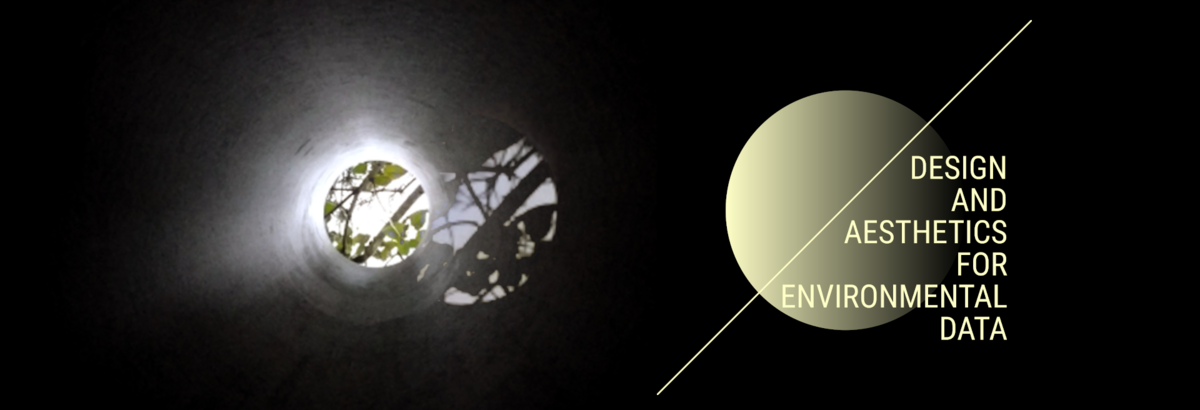
We increasingly see the environment and the planet as data: data patterns, visualizations, projections, models, simulations, and other designs. In response, Design and Aesthetics for Environmental Data (DAfED) focuses on historical and current practices of such seeing and knowing. The project investigates how datafication of the planet emerges gradually since the 19th century and features prominently in various projects of natural history, scientific expeditions, and for example museum collections even before mass-scale digital culture of remote sensing, big data, and current digital tools. Questions of energy and data, geography and power become central elements in this project.
The research project asks: how critical design and theory practices help to understand the long history of environmental data in the context of current digital culture? DAfED focuses especially on the space, geography, and topology of environmental data. In other words, environmental data is read in relation to the sites of emergence, distribution, and control of data as it becomes understood as spatial, architectural, and landscape-scale dynamic. From a focus on energy islands to theorising and developing “planetary gardens” the project deals with different scales of inquiry with the aim of not only developing new insights into what is environmental data in a recursive spatially located context, but what are the critical and creative methods that help us to read this spatial context.
The expertise and methods needed to understand the high-impact and large-scale transformation is by necessity interdisciplinary in order to develop a new area of research: Critical Environmental Data. The critical refers both to the critical urgency of environmental knowledge in current biodiversity and climate crisis, and it refers to the methodological capacity to investigate political media histories and current practices of data as intersecting with issues of power, justice, and cultural change.
Funded by the Aarhus Universitets Forskningsfond (AUFF) for the period of 2022-2024.